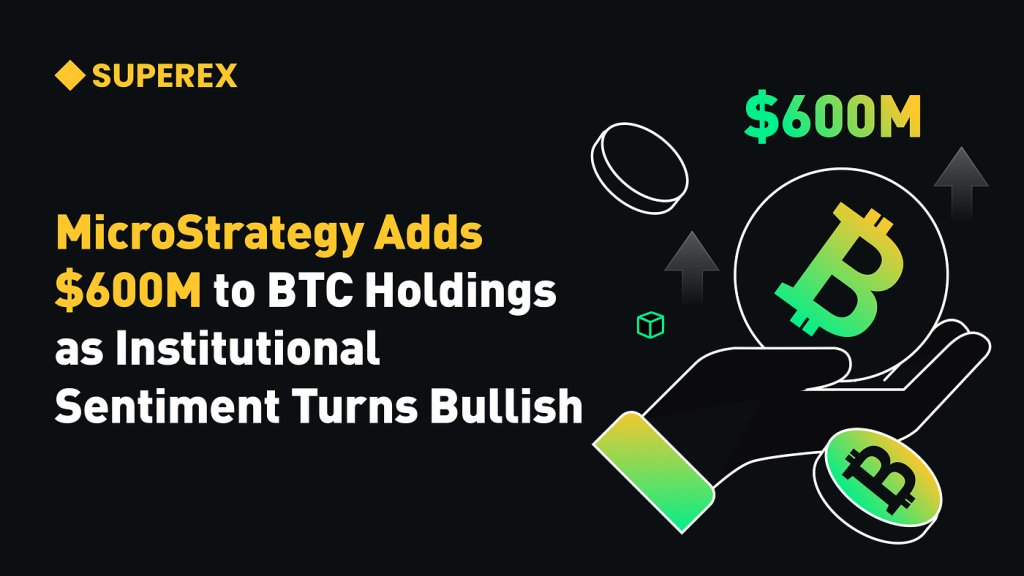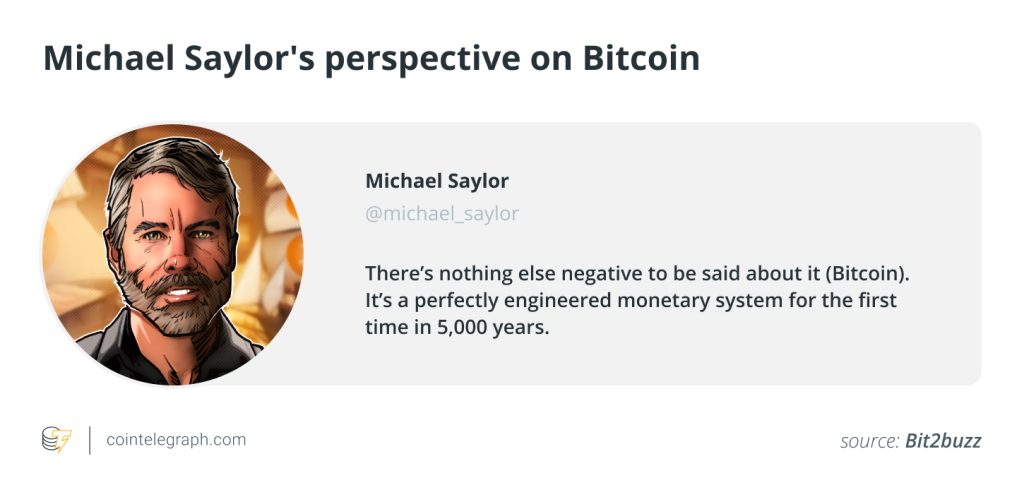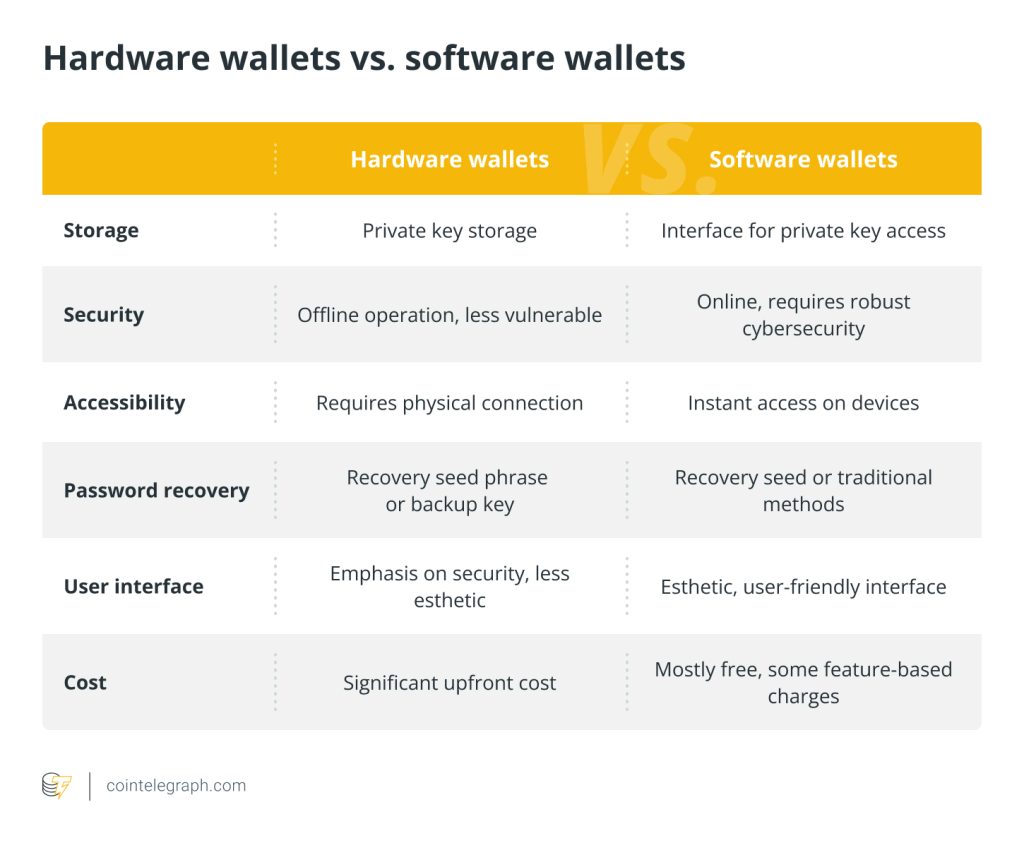MicroStrategy Adds $600M in BTC — Institutional Capital Regains Bullish Sentiment

#Strategy #BTC #Crypto
MicroStrategy was originally an enterprise software company focused on business intelligence solutions. However, since 2020, the company has shifted its core focus to Bitcoin investment. By issuing equity and convertible bonds to raise funds for Bitcoin purchases, and then using its BTC holdings to support its stock valuation, MicroStrategy has created a capital loop deeply tied to crypto assets. Leveraging this high-premium fundraising mechanism unique to U.S. markets, MicroStrategy has not only become the leading Bitcoin-related stock, but also a center of attention in the U.S. equity market.
Recently, MicroStrategy founder Michael Saylor posted on X revealing that the company purchased 6,911 BTC between March 17 and March 23 at an average price of $84,529, with a total investment of approximately $584.1 million. Year-to-date, Bitcoin has returned 7.7%. As of March 23, 2025, MicroStrategy holds a total of 506,137 BTC, acquired at a cumulative cost of about $3.37 billion, with an average purchase price of $66,608.
MicroStrategy’s Bitcoin-focused financial strategy has sparked debate within the crypto community. Some view the company as a leveraged bet on Bitcoin, while others express concern over Saylor’s debt-based approach and its sustainability. As early as January 2025, David Krause, Professor Emeritus of Finance at Marquette University, warned that a sharp drop in Bitcoin’s price could trigger a collapse in MicroStrategy’s stock price. The subsequent decline in the company’s share price appears to have supported that view.
Given MicroStrategy’s aggressive strategy, it has become one of the institutions most heavily exposed to Bitcoin downside risk — and thus one of the least likely to want to see BTC fall. This also explains why, since January, MicroStrategy has been consistently talking up Bitcoin to support its accumulation. The latest addition of nearly 7,000 BTC, along with the recent launch of its new perpetual preferred shares (STRF) listed on the Nasdaq, further underscores its determination to maximize Bitcoin holdings.
So, what happens to MicroStrategy if BTC continues to fall? What exactly is the company’s investment strategy?This article provides a detailed breakdown.
- Click to register SuperEx
- Click to download the SuperEx APP
- Click to enter SuperEx CMC
- Click to enter SuperEx DAO Academy — Space

MicroStrategy’s Leverage Dilemma: Approaching the Limits of Financial Flexibility
MicroStrategy’s capital strategy is edging dangerously close to its financial safety margin. As of March 2025, the company’s balance sheet faces three major areas of risk exposure:
- Debt Pressure: The outstanding balance of convertible debt has exceeded $4 billion (depending on the latest issuance). If Bitcoin stays below $60,000 for an extended period, concerns may grow over the risk of forced debt-to-equity conversion.
- Leverage and Collateral Risk: MicroStrategy has collateralized a portion of its Bitcoin holdings to secure loans, with some loans carrying a loan-to-value (LTV) ratio of around 50%. If BTC falls to $63,000, the company may face margin call pressure.
- Accounting Controversy: The company uses non-GAAP accounting to classify Bitcoin impairment losses as non-recurring items. While this is permitted under SEC guidelines, actual cash flow could still be affected. In 2024, the company’s free cash flow shortfall may have reached $1.2 billion.
According to market models, when Bitcoin’s 30-day volatility exceeds 85%, MicroStrategy’s stock exhibits a beta coefficient of 3.2, meaning its price fluctuations are over three times that of the broader market. As a result, it is widely viewed not as a traditional software company, but as a “leveraged Bitcoin ETF” in disguise.
MicroStrategy’s Investment Strategy: Leverage, Stock Price Linkage, and Capital Operations
MicroStrategy’s investment strategy is deeply rooted in high leverage, with its primary financing methods including issuance of convertible bonds, secondary stock offerings, and institutional loans. Through these mechanisms, MicroStrategy has continuously increased its Bitcoin holdings over the past few years, while leveraging market optimism around Bitcoin’s long-term bullish outlook to elevate its own company valuation.
1. Raising Capital Through Convertible Bonds
MicroStrategy frequently issues convertible bonds to borrow capital at relatively low interest rates for Bitcoin purchases. Since the interest cost of convertibles is significantly lower than that of traditional loans, this strategy effectively reduces financing expenses, while also giving investors the option to convert to equity if the stock appreciates.
For instance, in 2021, 2023, and 2024, MicroStrategy issued over $3 billion in convertible notes — most of which was used to acquire Bitcoin.
2. Equity Financing via Stock Price Premium
MicroStrategy’s stock price is highly correlated with the price of Bitcoin, and the market broadly views it as an alternative to a Bitcoin ETF. This perception enables the company to issue new shares at a premium, raising capital when the stock price is high, and using the proceeds to buy more Bitcoin.
This forms a self-reinforcing loop where stock price and asset holdings drive each other upward.
3. Leveraging Through Loans
In addition to debt and equity financing, MicroStrategy has also expanded its BTC position through institutional loans. In 2022, the company secured a $205 million loan from Silvergate Bank, using Bitcoin as collateral.
Although Silvergate later exited the crypto market due to risk concerns, MicroStrategy’s borrowing model persisted and even gained traction among traditional financial institutions in 2024.
Through this multi-layered capital strategy — convertibles, equity issuance, and leveraged loans — MicroStrategy has built a uniquely aggressive and highly leveraged approach to Bitcoin accumulation, making it one of the most distinctive players at the intersection of traditional finance and crypto markets.
Institutional Sentiment Shifts: Decoding PumpSwap’s $1.5B Weekly Trading Volume Signal
Amid the 2025 DeFi market recovery, PumpSwap has emerged as a critical bellwether. By leveraging concentrated liquidity AMM and MEV-resistant design, the platform has compressed Memecoin trading slippage to just 0.8%, attracting quant funds employing algorithmic arbitrage strategies.
On-chain data reveals:
- PumpSwap recorded $1.5 billion in weekly volume, with institutional addresses (market makers, hedge funds) contributing 18% — a 6% monthly increase
- Large transactions (>$100k) averaged 270+ daily, signaling accelerating professional capital inflows
While traditional finance remains focused on Bitcoin ETFs, PumpSwap’s breakout performance demonstrates how crypto-native institutions are pursuing alpha through high-volatility assets — potentially reshaping DeFi liquidity dynamics.
Epilogue
MicroStrategy has spent years building a Bitcoin-centric investment ecosystem using traditional equity instruments, cementing its role as a core institutional player while boosting BTC adoption.
Yet this leveraged strategy carries significant risks. Sustained BTC appreciation could further solidify MicroStrategy’s market leadership, but a major correction would severely stress its financial structure.
Regardless of outcomes, MicroStrategy’s model has become a key market variable — every accumulation move and price swing now commands global investor attention.







Responses